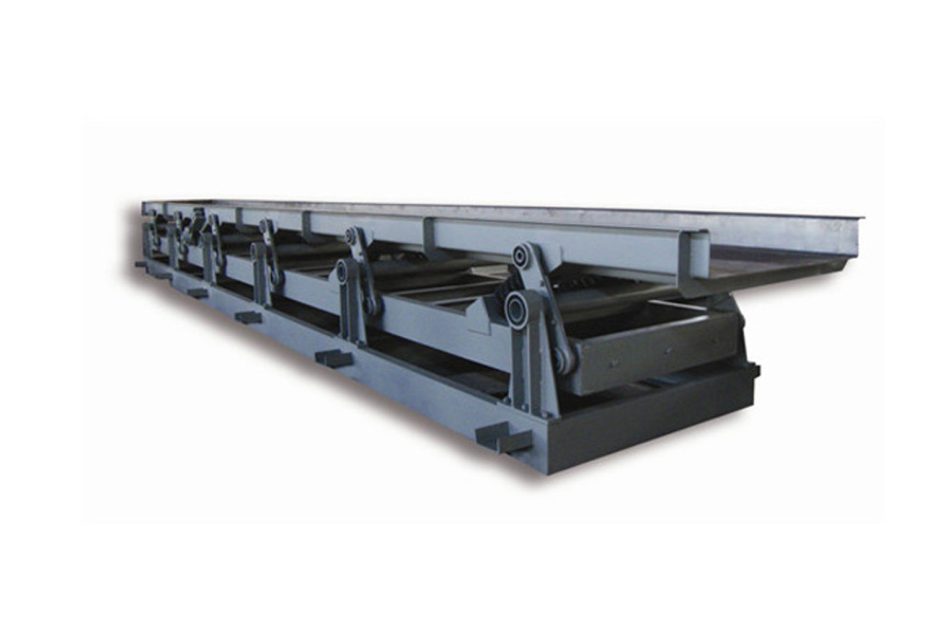The world of material transportation relies on the seamless functioning of conveyor systems, with the driving pulley being the unsung hero that propels this efficiency.
Unraveling the Driving Mechanisms:
Power in the Motor Pulley:
- Motor-Pulley Symbiosis: At the heart of the motor pulley lies a clever integration of power and motion. The motor is discreetly nestled within the pulley, and with the flip of a switch, the conveyor belt springs into action. These motor-driven conveyors are a common sight in marketplaces, often recognizable by their black rubber belts that seamlessly transport various materials.
- Strength and Diameter Dynamics: Yet, the motor pulley comes with its limitations. The choices for external diameter are restricted, making it challenging to find options with larger diameters. Consequently, conveyor belts must be designed with a strength of less than 160N/mm. While these belts are suitable for many applications, larger belts boasting additional thickness and strength are not commonly utilized.
- Motor Roller Evolution: A variation of the motor pulley finds its niche in roller conveyors, where multiple rollers work in tandem to transport objects. This type of motor roller features a larger external diameter and enhanced rotational power compared to those employed in standard roller conveyors. The rotational speed remains constant, but it’s the versatility of an inverter that allows for the alteration of speed.

The Magic of Motors:
- Dynamic Duos: Roller Chain and V Belt: A distinct method of driving pulleys is through the coupling of a motor and pulley with either a roller chain or a V belt. In this setup, the motor and pulley are attached separately, and the two are interconnected by the roller chain or V belt. The act of motor movement sets the pulley into motion, driving the conveyor belt forward. Altering the speed can be achieved by adjusting the ratio of the sprocket wheel’s external diameter to the V pulley. Alternatively, an inverter can be utilized for speed modulation.
- The Hollow Shaft Marvel: The hollow shaft motor introduces an elegant solution by incorporating the hollow shaft itself as the pulley’s shaft. This innovation capitalizes on simplicity and efficiency. When the motor turns, the pulley rotates, propelling the conveyor belt forward. While the rotational speed remains constant, the incorporation of an inverter enables the operator to adjust the conveyor speed at will.
Driving Efficiency Forward:
In the intricate realm of material handling, the driving pulley emerges as the linchpin that ensures the steady movement of conveyor belts. The integration of motors within pulleys streamlines the process, making it a hallmark of modern conveyor systems. The limitations of the motor pulley’s external diameter are mitigated by its efficiency in various applications. On the other hand, the coupling of motors and pulleys through roller chains, V belts, and the innovation of hollow shaft motors showcases the versatility of driving mechanisms.
Conclusion
The driving pulley represents the embodiment of efficiency in the world of conveyor systems. Whether through the ingenious integration of motor and pulley or the dynamic partnership of motors, roller chains, and V belts, the driving pulley is the driving force behind material transportation.
As industries evolve and demand innovative solutions, the engineering behind driving mechanisms continues to elevate conveyor efficiency. From marketplace conveyors to industrial behemoths, the driving pulley stands as a testament to engineering’s ability to harmonize power and precision.
